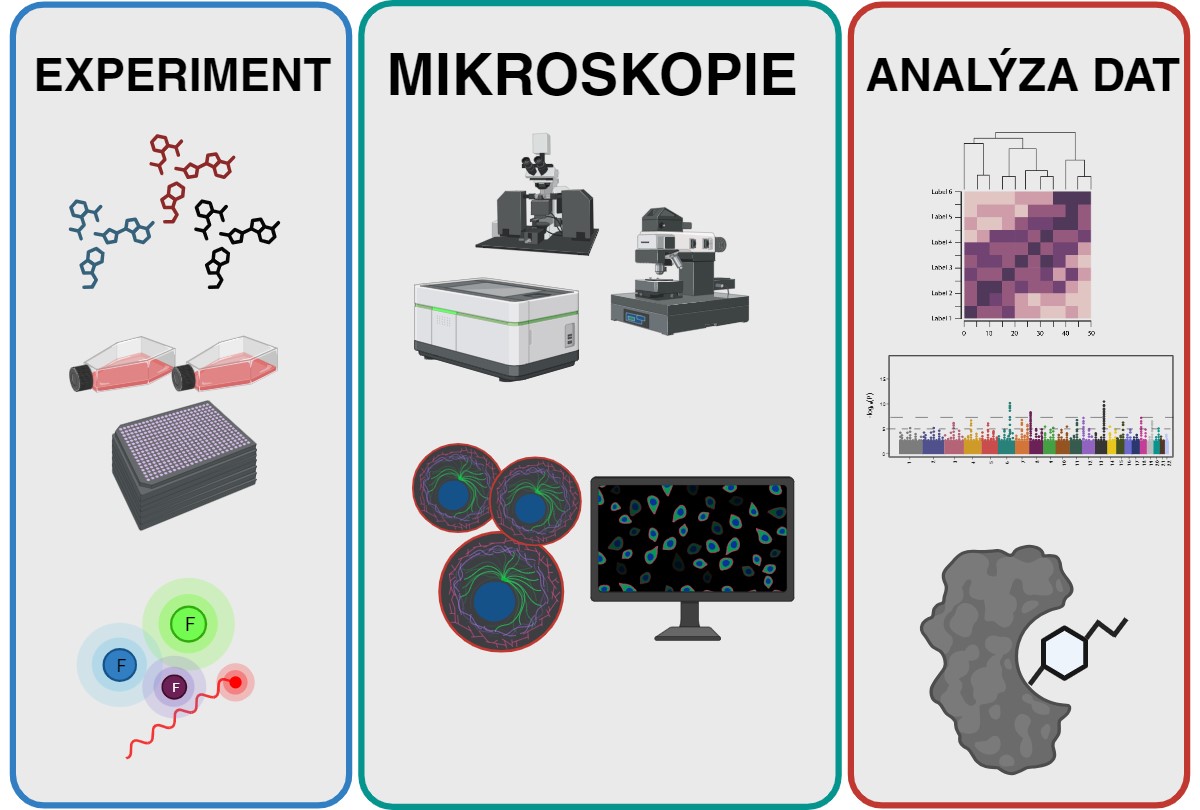Identification of Cellular Targets of Active Substances Using Microscopic Methods and Fluorescent Probes
DOI:
https://doi.org/10.54779/chl20240146Keywords:
drug target, mechanism of action, microscopy, fluorophores, BODIPYAbstract
Target identification of active substances is critical in optimizing drugs and minimizing side effects. The complex nature of biological systems presents challenges; to meet them, however, microscopic methods, particularly phenotypic screening, represented by "Cell Painting" method and fluorescent probes, can be used as valuable tools for understanding the impact of various substances at the cellular and organelle levels. These methods enable rapid testing of large libraries of compounds and offer unique insights into their mechanism of action by observing cell behavior, assessing cell morphology, motility, division, and migration. However, live cell microscopy faces challenges like phototoxicity, requiring a careful selection of fluorescent labels and optimized conditions. Among synthetic probes for live cell microscopy, BODIPY dyes stand out for their synthetic versatility and photophysical properties, providing minimal sample damage during bioimaging.





